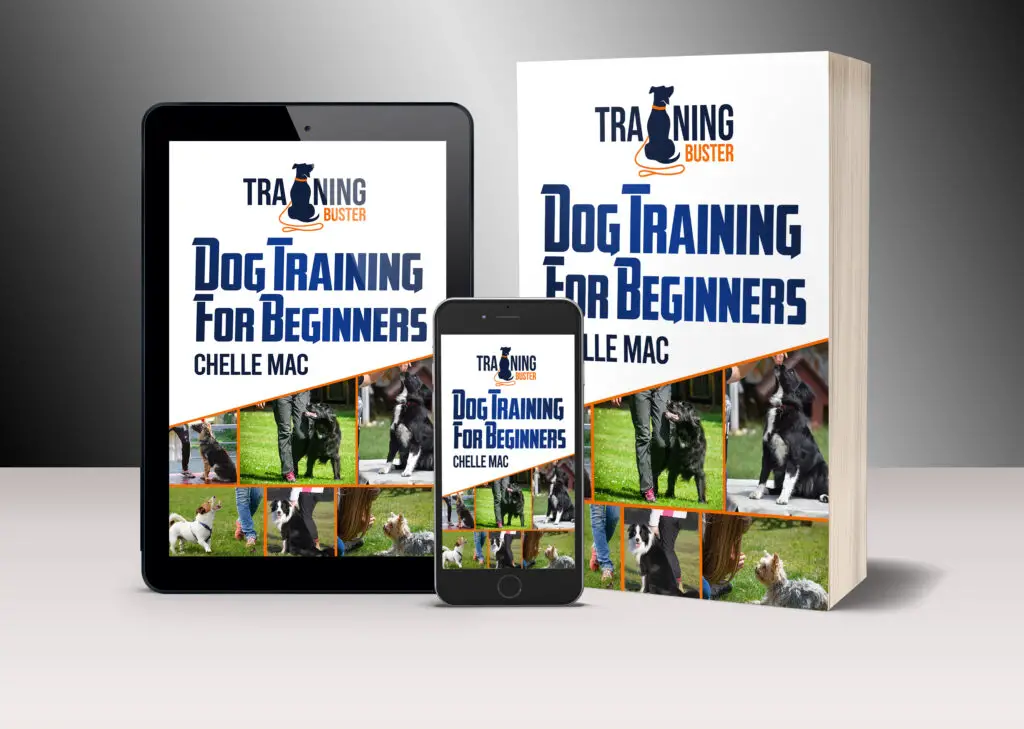
Many owners ask the question, how far should I walk my Jack Russell? IF you want to know the answer, you have come to the right place.
Is your Jack Russell a Puppy?
Although Jack Russells are boisterous, lively dogs, seemingly from the day they are born, how old is your Jack Russell?
Because, even when they are just playing, Jack Russell terrier puppies, whose bones are still developing, actually have quite a reduced need for physical activity, however much they may scratch at the door and nudge their lead.
They can also easily injure themselves due to the fact that they are still growing and their bones are still developing.
Jack Russells are regarded as being in the puppy stage of their life until they are around 1 human year old since this is when they tend to be fully grown – small breed dogs mature faster than a large breed of dog would.
According to the Kennel Club, the rule of thumb for walking any puppy is to allow five minutes of exercise for every month of your Jack Russell’s age, until they are fully grown.
When your Jack Russell terrier is three months old, for example, you could walk them the distance 15 minutes would cover. It is considered safe to cover this distance twice a day max with your puppy.
It is worth considering a way to keep track of the distance you are covering as you walk with your puppy so that you don’t exhaust or injure them. You could use a pedometer or timer function on a cell phone.
Is your Jack Russell an Adult?
An adult Jack Russell typically has lots of energy. When you take your grown-up Jack Russell out for a walk, they likely often pull and pull, and may require a harness to avoid being choked.
Now that your Jack Russell is older, you can walk them for much longer than when they were a puppy. In fact, it is quite alright to give your adult Jack Russell as much exercise as they want – if they are safe, with their collar and identification on, this is completely fine.
Are They a Senior?
If your Jack Russell is in the senior stage of their life – this occurs at around 11 or 12 human years for this breed – they will probably still love to walk in all the same places that they liked when they were younger, they will just slow down a bit.
On their walks, they’ll be much less likely to attempt sprinting off after a bird or rabbit and will want to go for shorter walks, even lying down in protest now and then. A couple of shorter walks in the day rather than a long one is kinder to their advancing years.
Think About Your dog Walking Route

Jack Russells are an excitable, easily distracted breed, that can become rather overwhelmed when confronted with an excessive amount of external stimuli.
You can probably remember a time when your Jack Russell went into overdrive, running up and down barking at seemingly nothing.
They might have been reacting to a car driving down the street, a squirrel or bird, or a distant sound, replying to it in an over-the-top way. Bearing this in mind, consider picking a more peaceful time of the day, free from high volume traffic and other dogs with their owners.
Choosing a time of day with fewer stimuli like this means a more pleasant walk for your Jack Russell terrier since they can just get on with walking and enjoying their time with you, without having to worry about too many things going on around them.
It also means a more pleasant walk for you, since you won’t get yanked around by a hyper dog.
Or this may mean you have to opt for an alternative, more peaceful route for walking, instead. Even if this path is significantly shorter, it’s worth it when this is the only way to get any proper, pleasant walking done together.
Take a Look at the Surface when walking your Jack Russell
Adult Jack Russell terriers have great endurance and seemingly limitless energy, perfectly content to hike for miles and miles.
But since Jack Russells are hardly ever trusted off the lead, many owners have no other choice but to walk them on a harness for miles to try to burn off even a little of this Jack Russell energy.
However, this sometimes means that a Jack Russell ends up being walked on unsafe terrain – urban streets with broken glass and other litter, abrasive salted snowy roads, rough, stony mountain paths, or thorny streets in the fall, as well as scalding concrete in summer.
It’s always advisable to inspect or wash their feet after a walk.
Your Jack Russell likely does have boundless energy, but if you’re planning on walking them long distances in extreme conditions, consider using protective canine footwear. Here are a few of our favorites.

What About Other Types of Exercise for your dog?
Jack Russell terriers love to play all kinds of games with their owner – some enjoy frisbee or fetch, though the undisputed “King of games” among all terriers has to be a tug of war.
Socialization with other dogs and fellow terriers, as well as intellectual stimulation, which can be obtained by sniffing around while out on a walk, is very important for all dogs. Jack Russells love to do “sniffers”. You could use treats or their own kibble food.
But, if you don’t like the look of the weather outside on some days, a shorter walk coupled with lots of physical play together can use up a fair amount of your dog’s energy.
You might not trust your Jack Russell off the lead in the park, but in a tennis court, enclosed area, or in the house, even less physical puzzle games can exhaust your terrier.
How is your Jack Russell’s Diet?
If your Jack Russell terrier seems lethargic, with absolutely zero energy and interest in walkies, or if they have suddenly become extraordinarily hyper, up at all hours running all over the house, chances are that their food is inappropriate for them.
Whether you’ve recently changed what you’re feeding them, or they’ve grown up a bit, check that the age group on the food’s label matches up with the current stage of your Jack Russell’s life.
As previously mentioned, small dogs like Jack Russells become adults at around one year. Keeping track of your Jack Russells age and changing their food is easy to overlook, though.
If you feed an adult dog puppy food, the slightly higher protein level found in puppy dog food may stress your Jack Russell’s kidneys, causing lethargy and less interest in walking.
But this isn’t a major concern – many adult dogs do actually thrive on food aimed at puppies, so don’t worry too much if this is all your terrier eats.
Another reason your adult Jack Russell has started to detest going for a walk and has become tired could be because they might need senior dog food.
Many senior dog foods are formulated to help with specific issues that older dogs typically face, so if your currently-lethargic Jack Russell is in the senior stage of their life – this has been known to begin at around 7 or 8 for the breed – it’s worth looking into a diet change, as well as considering joint supplements.
What’s the Weather Forecast?
Did you know that many breeds of dogs have highly sensitive hearing and other senses, Jack Russells included? They are far more sensitive than humans.
Just like how cats can, your Jack Russell terrier can also have the ability to sense approaching thunderstorms, hurricanes, and tornadoes.
If you have heard about bad weather conditions nearby and your Jack Russell protests at walking, they might be sensing the approaching negative weather conditions and you should take them home if they protest repeatedly.


